For the latest information regarding 2021-2022 study abroad programs, contact the Center for International Programs.
São Paulo, Brasil
São Paulo, Brasil

Study in Brazil’s economic capital and learn about social movements, examine poverty, and question inequality. Students will engage with residents in marginalized communities and have the opportunity to volunteer at local organizations. The program includes trips around São Paulo and Brazil’s northern state, Salvador da Bahia, where the program focuses on about Afro-Brazilian history and culture. (Source: Center for International Programs)
For more information and requirements, visit the CIP’s São Paulo Long-Term Program website.
Santiago, Chile
Santiago de Chile

With 5.6 million inhabitants, Santiago is a modern metropolis whose skyline is complimented by the Andes Mountains. A pleasant climate and proximity to the mountains permits many outdoor pursuits such as hiking, skiing, camping, river-rafting, and horseback riding. This capital city is both modern and dynamic, dominating the political, economic, and cultural life of the country. (Source: Center for International Programs)
This program is geared towards but not limited to history, geography, literature, psychology, and music. For more information and requirements, visit the CIP’s Santiago Long-Term Program website.
Valparaíso, Chile
Valparaíso, Chile
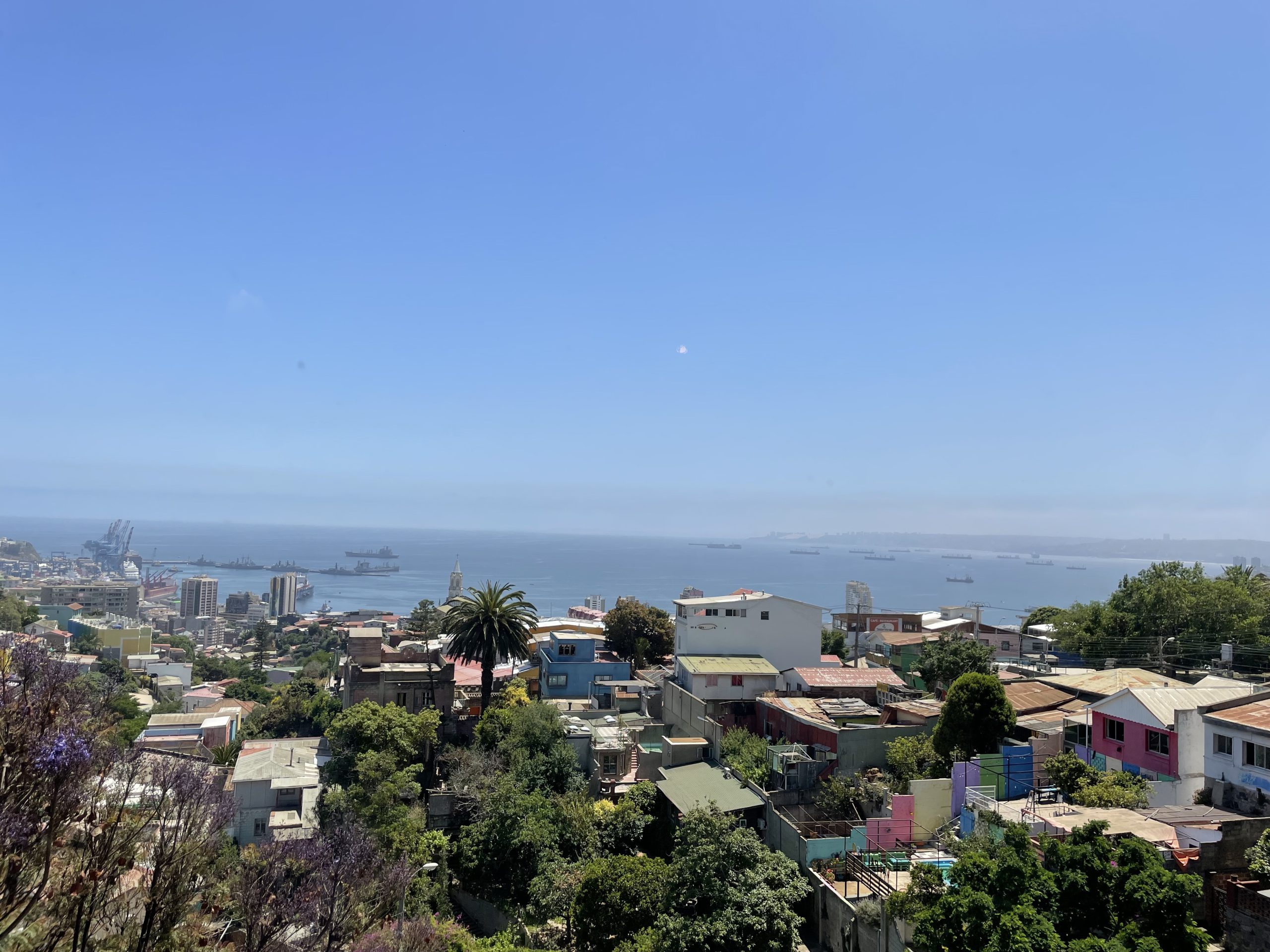
The port of Valparaíso is located approximately 1.5 hours west of the country’s capital, Santiago. Valparaíso is the political seat of the National Congress and an important Chilean navy port and economic center. Valparaíso and Viña del Mar are sister cities (akin to Minneapolis-St. Paul) and have a combined population of approximately 600,000 inhabitants. Due to its smaller population, Valparaíso does not share the same complexities of a large Latin American city. A past participant relates that Valparaíso is “more bohemian, more cultural, and less affluent” than its sister city Viña del Mar (most of the host families live in the neighborhoods of Viña del Mar).” The city is particularly famous for its numerous hills that rise up from the oceanside. The downtown area occupies a narrow strip of land between the waterfront and the hills, and has distinctive cobbled streets, irregular intersections, and architectural landmarks.
Program geared towards but not limited to history, geography, literature, psychology, and music. Students interested in community service and volunteering, the program offers opportunities in local schools and organizations. (Source: Center for International Programs)
For information and requirements, visit the CIP’s Valparaíso Long-Term Program website.
Cali, Colombia
Cali, Colombia
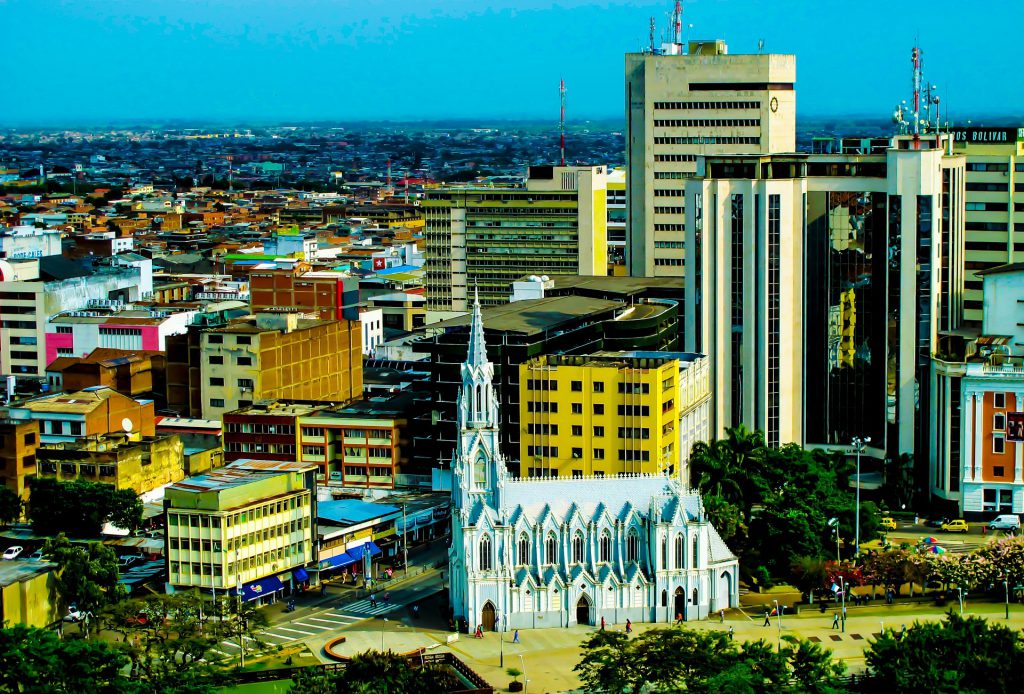
Colombia has diversity in more ways than one. Swim in the beautiful beaches of Tayrona National Park. Visit the mysterious ancient status of San Agustin. Explore the coastal desert along the northern shores. See the stars amid the rock formations of Huila. Colombia even boasts stretches of the world’s largest rainforest, the Amazon.
Students will study the intricacies of race, identity, and ethnicity in Latin America, through the Afro-Colombian lens. Cali is a city with the second biggest population of African descent in South America. The program examines the sociopolitical, artistic, and historic representations of race and ethnicity in Colombia. (Source: Center for International Programs)
For information and requirements, visit the CIP’s Long-Term Program in Cali website.
San José, Costa Rica
San José, Costa Rica
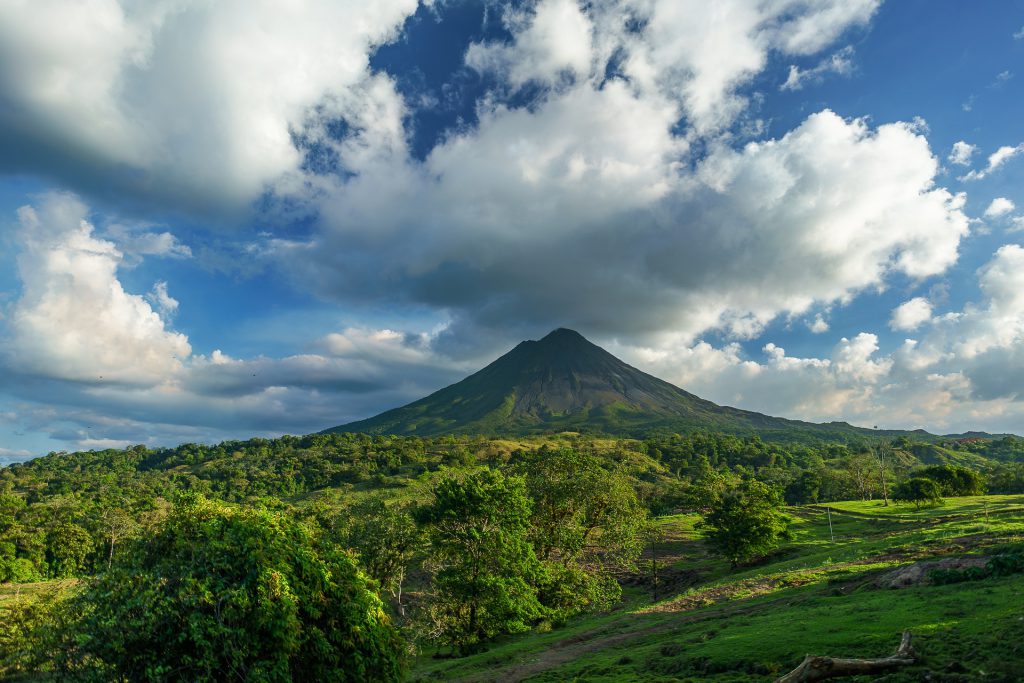
San José, the capital of Costa Rica, is a cosmopolitan city of 1.3 million inhabitants. San José offers many cultural and recreational activities including cinemas, shopping malls, museums, and more. Located in Costa Rica’s Central Valley, and surrounded by mountains, it is only 1.5 hours away from the Pacific coast and 3 hours away from the Atlantic coast by car.
The San José Fall Short-Term: International Center for Development Studies Program is geared to but not limited so Social Sciences and Latin American Studies. It allows for students to choose the courses related to sustainability, the environment, and/or human rights, while at the same improving Spanish language skills.
The San José Spring Short-Term: International Center for Development Studies Program is geared toward, but not limited to Social Sciences and Latin American Studies, as well as athletes. It is designed to to give students the opportunity to learn about the culture, diversity, and current issues in Latin America, while at the same time improving Spanish language skills.
The San José Winter: Community and Global Health in Latin America Winter Short-Term Program is geared to but not limited to Community and Global Health Concentrators, Social Sciences, and Latin American Studies. The program is particularly suited for students in the Community and Global Health Concentration.
(Source: Center for International Programs)
Quito, Ecuador
Quito, Ecuador
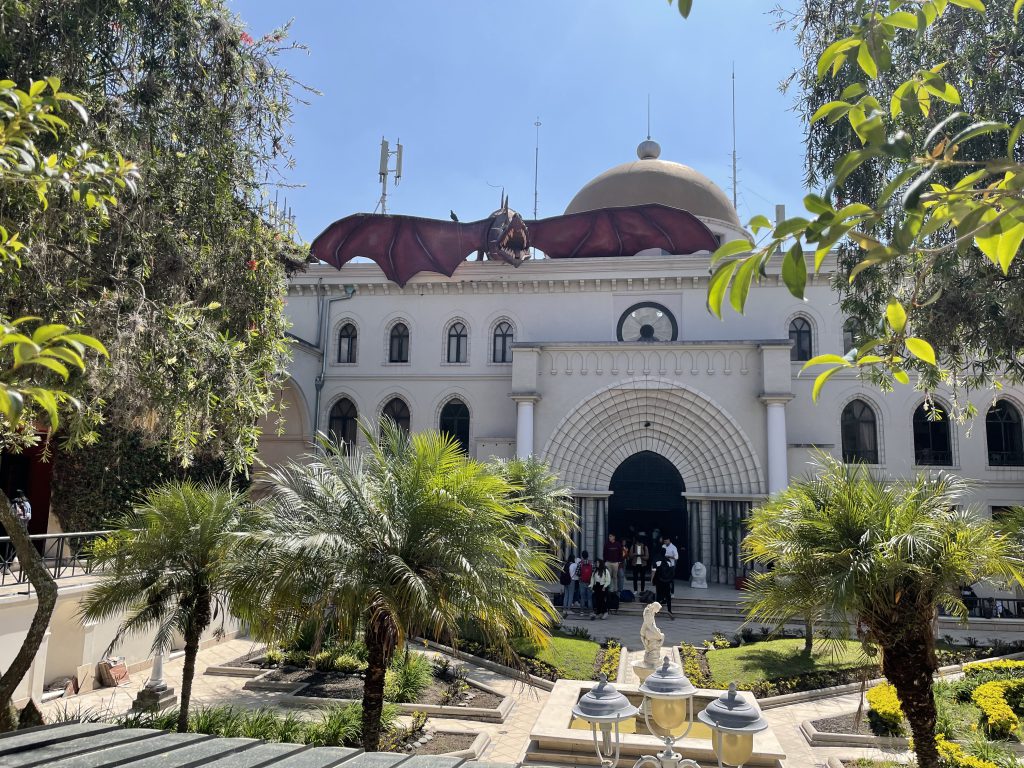
Located on the west coast of South America, Ecuador is roughly the size of Colorado and is bordered to the north by Colombia and to the southeast by Perú. Ecuador is so name because the location of the equator was established there in the 18th century. Its capital, Quito, is the second largest city in the country after Guayaquil on the coast, with a population of approximately 2 million. Quito is located high in the Andean Valley and is surrounded by beautiful mountains, including an active volcano. The Universidad San Francisco de Quito was founded as the first private university in Ecuador. It serves about 8,500 students per year in a multitude of disciplines, and hosts roughly 1,000 international students each year. It is the largest source of academic research in the country.
The Quito Long-Term Liberal Arts Program is geared towards but not limited to students of Spanish, ANSO, social sciences, music, etc.
The Quito Long-Term Environment and Ecology Program is geared towards but not limited to students interested in the environment and ecology.
(Source: Center for International Programs)
Cáceres, España
Cáceres, España
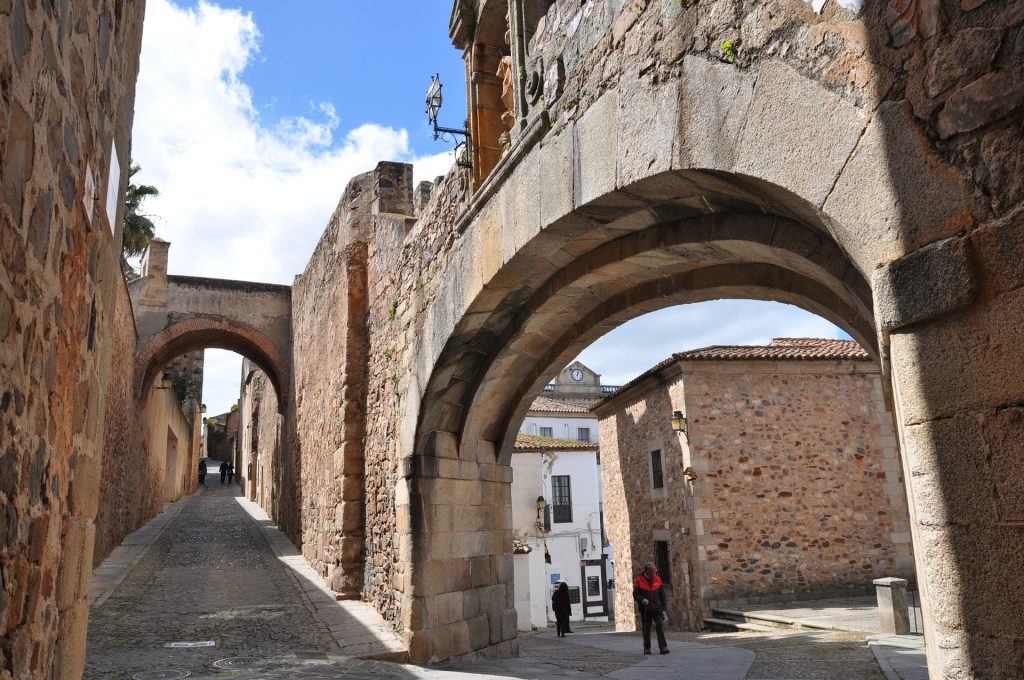
Cáceres is the capital of Cáceres Province, in Extremadura, Spain. The city was founded by the Romans in 25 BC. The old town or Ciudad Monumental still has its ancient walls; this part of town is also well known for its multitude of storks’ nests. The walls contain a perfect medieval town setting with no outward signs of modernity, for which reason many films have been shot there. The Universidad de Extremadura, and two astronomical observatories are situated in Cáceres. Cáceres was declared a World Heritage City by UNESCO in 1986 because of the city’s blend of Roman, Islamic, Northern Gothic and Italian Renaissance architecture. Thirty towers from the Muslim period still stand in Cáceres, of which the Torre del Bujaco is the most famous. (Source: Wikipedia)
The Cáceres program is geared towards students interested in advanced Spanish language, history, and literature taught at a Spanish university. The program offers a balance of courses designed for Kalamazoo students and regular university offerings. For information and requirements, visit the CIP’s Cáceres Extended Program or the Cáceres Long-Term Program websites. (Source: Center for International Programs)
Madrid, España
Madrid, España

Madrid, Spain’s capital, has grown to a population of more than four million inhabitants. With five public and several private universities in and near the city, more than 200,000 inhabitants are students. Convenient transportation makes it easy to access a variety of other well-known cities in central Spain. The Universidad Antonio de Nebrija currently has a student body of some 2300 Spanish and international students. About 10% of the student body is international students, many from other European countries. (Source: Center for International Programs)
Students in the Madrid Spring Short-Term Program have the opportunity to improve their proficiency in Spanish and learn about Spanish culture and every day life in a large city. Students enroll in Spanish language and culture classes.
The Madrid Long-Term and the Madrid Winter-Spring Term programs are designed for students at the intermediate level of Spanish who wish to further develop their Spanish language proficiency as well as study International Relations, Business, and Arts.
For information and requirements, visit the Center for International Studies website.
Oaxaca, México
Oaxaca, México
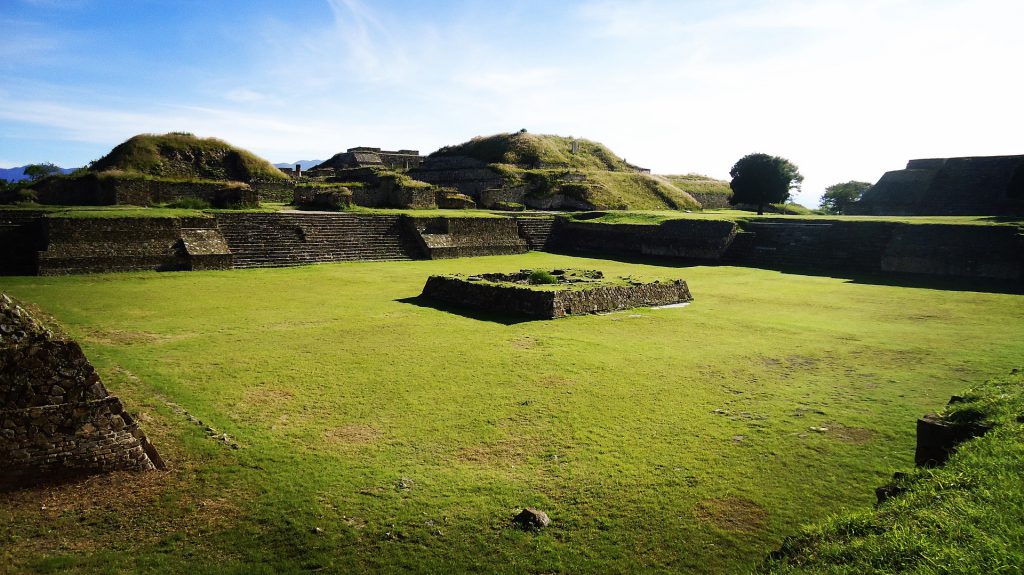
The city of Oaxaca has a population of 300,000 and is the capital of the Mexican state of Oaxaca. Surrounded by the Sierra Madre Mountains and bordered to the south by the Pacific Ocean. Over the years, these mountains have served to protect and preserve the cultures of the Zapotec, Mixtec, and other indigenous groups. The Aztecs dominated Oaxaca in the late fifteenth century and were the last indigenous stronghold before the arrival of the Spanish. Today, Oaxaca is the Mexican state most known for its rich mixture of indigenous peoples, customs, and languages.
Renowned as one of Mexico’s most beautiful cities, Oaxaca has much to offer, be it colorful markets, local crafts, cuisine, museums, Spanish-style churches, and an active arts community. Although blessed with tremendous natural beauty, the people of Oaxaca, encompassing a beautiful tapestry of traditions, values, and cultures, are her greatest resource and gift. (Source: Center for International Programs)
The Oaxaca Fall Short Term program is geared toward students who wish to improve their Spanish language abilities through coursework and a homestay experience. Students can enroll in courses offered by the Centro de Idiomas at the Universidad Autónoma Benito Juárez de Oaxaca. For information and requirements, visit the CIP’s Oaxaca Fall Short-Term: UABJO Program website.
Sponsored by Kalamazoo College’s Center for Civic Engagement and the Center for International Programs, the Museos Comunitarios Program in Oaxaca is focused on the theory and practice of cultural rights by working with local communities to preserve and celebrate traditions and cultures. The program combines coursework with experiential learning. For information and requisites, visit the CIP’s Oaxaca Winter Short-Term: Museos Comunitarios Program website.
Santiago de los Caballeros, República Dominicana
Santiago de los Caballeros, República Dominicana
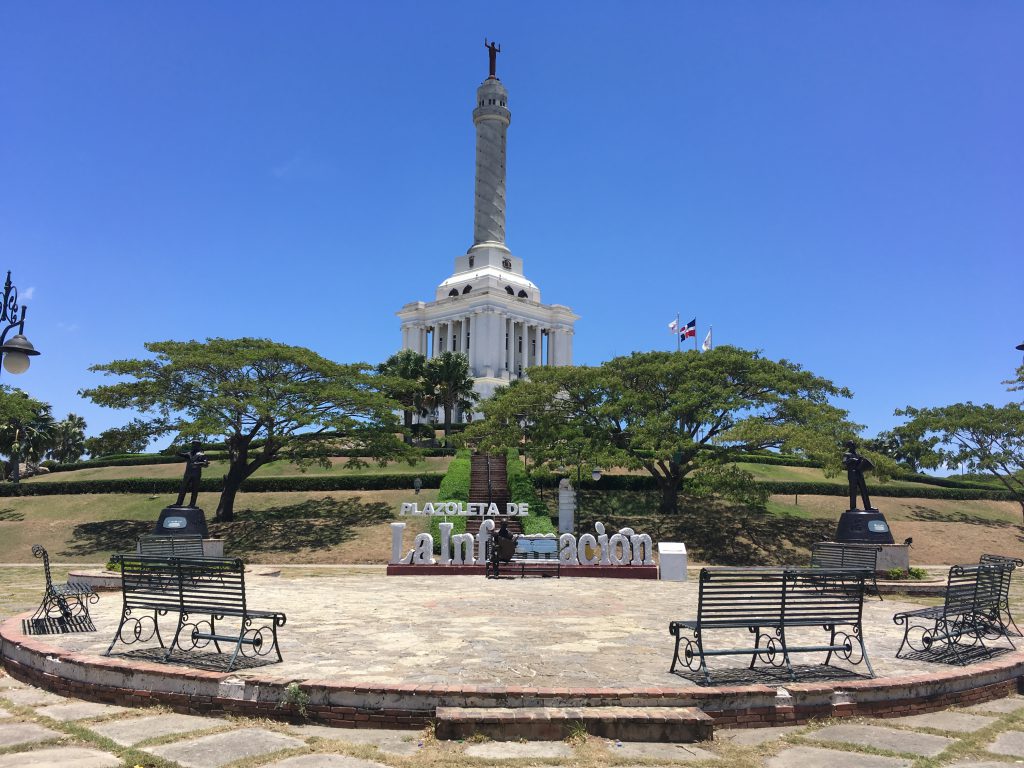
Offered in fall 2019 quarter, this pilot program took place in Santiago de los Caballeros, the Dominican Republic’s second largest city in the northern region of Hispaniola. Twenty-seven K College students participated in the 10-day experiential learning faculty-led program.
